As the summer season approaches, many of us look forward to spending time outdoors, soaking in the sunshine. But for individuals dealing with eczema, especially the form known as dyshidrotic eczema, this excitement can be overshadowed by the fear of painful flare-ups. Dyshidrotic eczema, which often manifests as small, itchy blisters on the hands and feet, tends to flare up during the spring months. While this condition is not curable, it is highly manageable with the right knowledge and treatment strategies. In this article, we will discuss what dyshidrotic eczema is, its symptoms, causes, and how you can manage and treat it effectively.
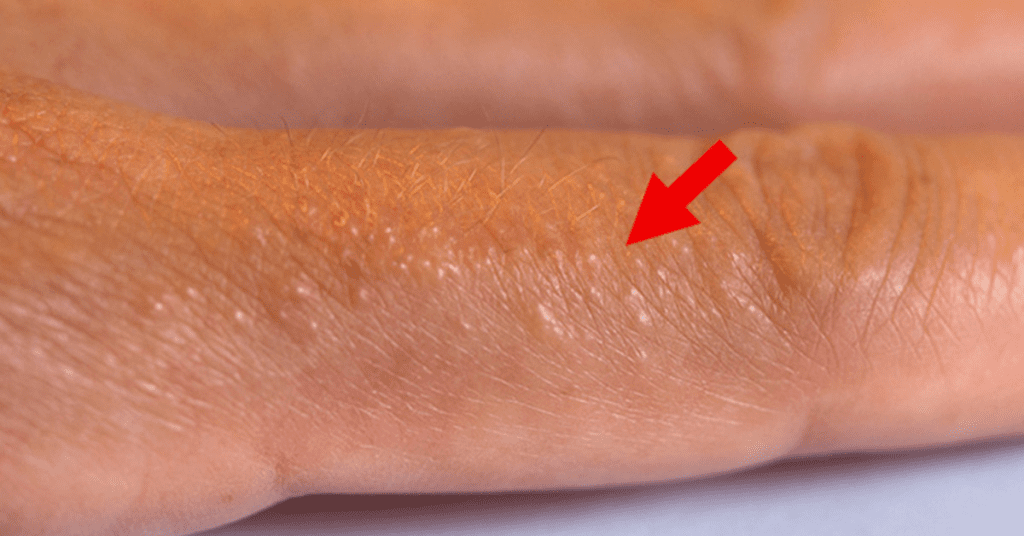
What is Eczema? A Brief Overview
Eczema, also known as dermatitis, refers to a group of skin conditions that cause inflammation, redness, and irritation. It affects a large portion of the population, with an estimated 35 million Americans dealing with some form of eczema. Eczema symptoms can vary from mild to severe, with flare-ups causing the skin to become red, itchy, swollen, and sometimes blistered or crusted.
While eczema itself is not contagious, it can be caused by an allergic reaction, environmental factors, or genetics. Though it is a chronic condition with no permanent cure, eczema flare-ups can be managed effectively with proper care. Dyshidrotic eczema is one of the most common types of eczema, and it specifically targets the hands and feet.
Video: If You See These Painful Red Bumps, You Might Have This Skin Condition
What is Dyshidrotic Eczema?
Dyshidrotic eczema is a specific form of eczema that primarily causes small, itchy blisters on the edges of the fingers, palms of the hands, toes, and soles of the feet. This type of eczema is often linked to seasonal allergies, which is why it is more common during the spring season. People who experience dyshidrotic eczema know that the blisters are not just an inconvenience—they can be extremely painful and last for several weeks before subsiding.
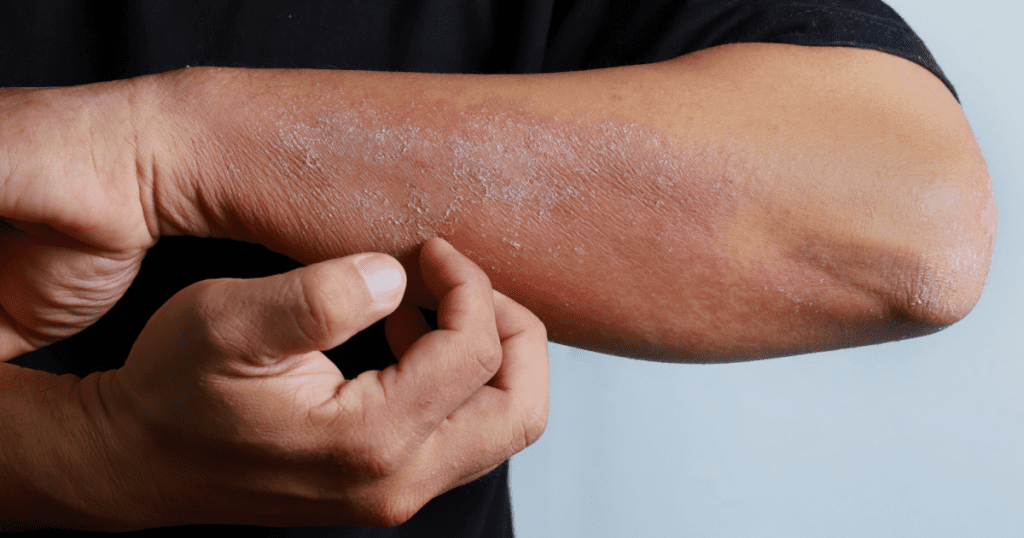
Dyshidrotic eczema is known by several other names, including:
- Pedopompholyx (when it affects the feet)
- Cheiropompholyx (when it affects the hands)
- Vesicular palmoplantar eczema
- Dyshidrosis
- Foot-and-hand eczema
- Dyshidrotic dermatitis
- Pompholyx eczema
Each of these names reflects different aspects of the condition, but all of them refer to the same problem: intense itching and small blisters caused by skin inflammation.
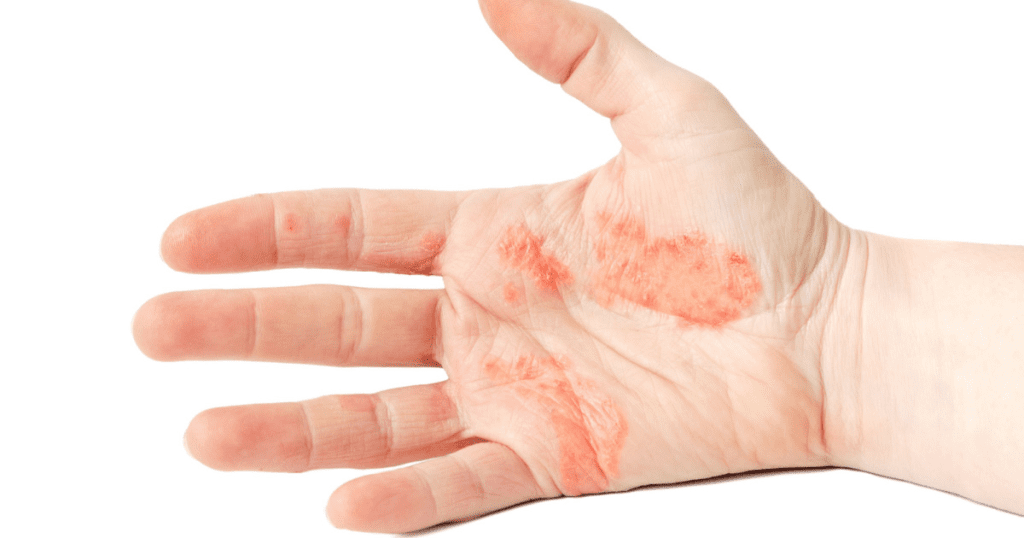
Common Symptoms of Dyshidrotic Eczema
Recognizing the symptoms of dyshidrotic eczema is key to managing the condition. Here are some of the most common signs you might experience:
- Deep-set blisters: These blisters typically appear on the edges of the fingers, palms of the hands, toes, and soles of the feet. They can range in size and may look like small, fluid-filled bumps.
- Itching: One of the most common symptoms is intense itching, which can be incredibly frustrating and uncomfortable.
- Redness: The skin around the blisters often becomes inflamed and red, adding to the discomfort.
- Flaking and cracking skin: After the blisters dry up, the skin may begin to peel, crack, or flake, leading to additional irritation.
- Pain: The blisters can be painful, especially when they break open or become infected.
By recognizing these symptoms early, you can take the necessary steps to prevent flare-ups from getting worse.
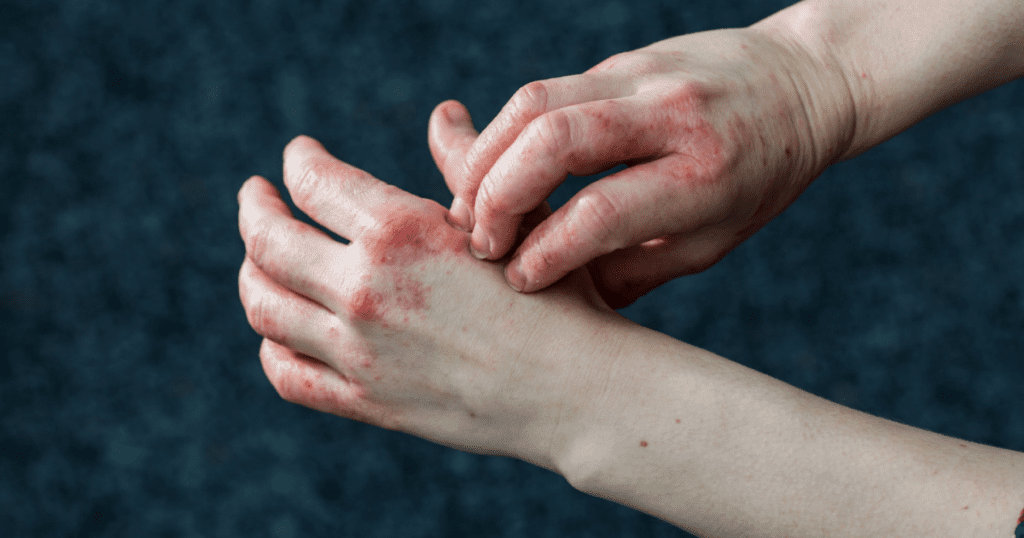
What Causes Dyshidrotic Eczema?
While the exact cause of dyshidrotic eczema is not fully understood, there are several factors that are believed to contribute to the development of this condition:
- Gender and Age: Dyshidrotic eczema is more common in women than men, and it typically affects adults between the ages of 20 and 40.
- Allergic Conditions: If you have a history of allergic reactions such as hay fever, asthma, or atopic dermatitis, you’re at a higher risk of developing dyshidrotic eczema.
- Genetics: Dyshidrotic eczema tends to run in families, so if you have a close relative with eczema, you may be more likely to develop the condition yourself.
- Environmental Triggers: Certain environmental factors such as seasonal allergies, stress, exposure to harsh chemicals, or excessive sweating can trigger a flare-up of dyshidrotic eczema.
- Infections: In some cases, an infection can worsen eczema symptoms, delaying healing and leading to more severe outbreaks.
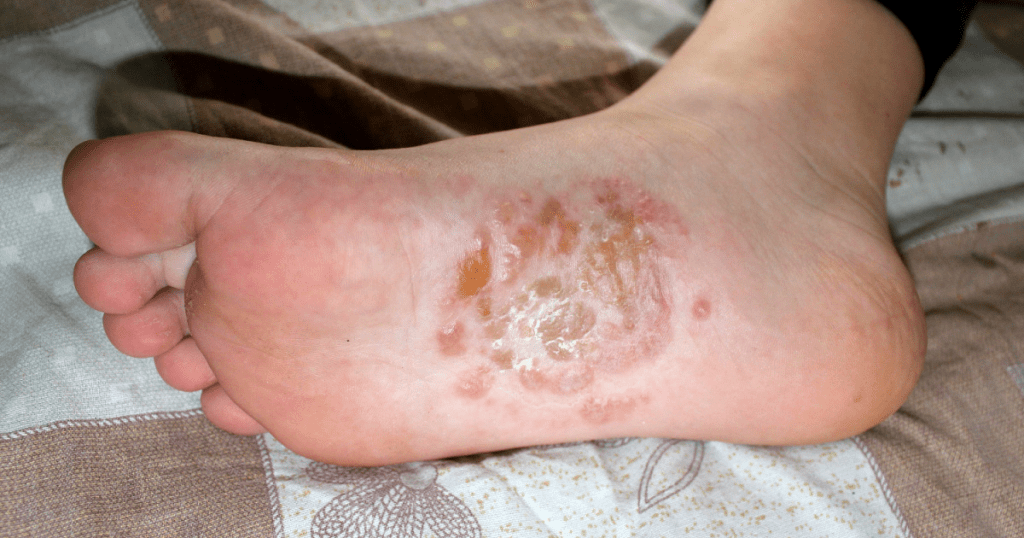
How to Manage Dyshidrotic Eczema: Treatment Options
Though dyshidrotic eczema is not curable, there are many ways to manage and treat it to reduce flare-ups and improve quality of life. Treatment often involves a combination of lifestyle changes, home remedies, and medical interventions. Here’s how to manage it effectively:
Conventional Treatments
- Topical corticosteroids: These are common treatments prescribed by doctors for managing eczema flare-ups. Steroid creams or ointments help reduce inflammation and relieve itching.
- Moisturizers and emollients: Keeping the skin hydrated is crucial. Using thick, fragrance-free moisturizers can help keep your skin from drying out and reduce flare-ups.
- UV light treatments: In severe cases, phototherapy (exposure to ultraviolet light) may be recommended by dermatologists.
- Antihistamines: These can help reduce itching and improve sleep quality if eczema is particularly bothersome at night.
- Immune-suppressing ointments: Medications like Protopic or Elidel can be prescribed to reduce inflammation by targeting the immune system.
Video: This is What Causes Those Annoying Bumps on Your Fingers #dry
Natural Treatments for Dyshidrotic Eczema
Many people prefer natural remedies as a way to manage eczema symptoms. Here are some effective natural treatments that can help:
- Cold Compresses: Applying a cold compress to the affected area can help soothe inflammation and reduce itching. It’s simple, effective, and can be done multiple times a day.
- Aloe Vera: Aloe vera is well-known for its soothing and healing properties. Applying fresh aloe vera gel to the affected skin can help relieve irritation and speed up healing.
- Oatmeal Baths: Oatmeal is another great natural remedy for eczema. It has anti-inflammatory properties and can help reduce itching and soothe irritated skin.
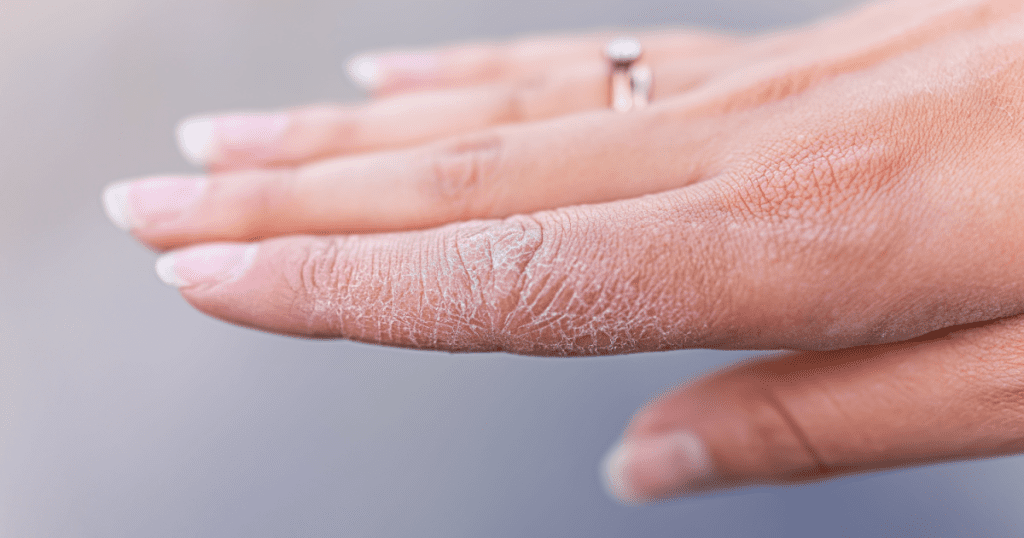
Preventing Dyshidrotic Eczema Flare-ups
While it may not always be possible to prevent dyshidrotic eczema flare-ups, there are steps you can take to minimize the chances of experiencing an outbreak:
- Moisturize regularly: Keep your skin hydrated by using thick, fragrance-free moisturizers, especially after bathing.
- Avoid triggers: Identify and avoid things that trigger your eczema, such as certain soaps, detergents, or foods.
- Wear protective gloves: If you need to work with your hands in water or harsh chemicals, wear gloves to protect your skin.
- Stay stress-free: Stress is a common trigger for eczema flare-ups. Practice relaxation techniques like yoga, meditation, or deep breathing to manage stress.
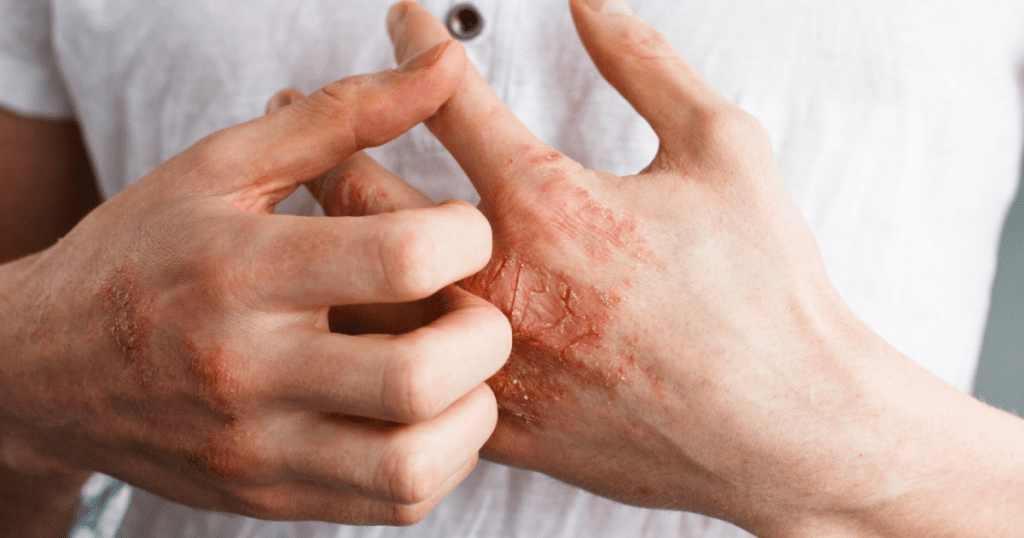
Conclusion: Managing Dyshidrotic Eczema and Enjoying Life
Dyshidrotic eczema can certainly be frustrating and uncomfortable, especially during seasonal changes. However, with the right treatments and strategies, you can manage your symptoms and prevent flare-ups from interfering with your daily life. Remember that, although eczema is not curable, it is manageable. By taking care of your skin, using appropriate treatments, and avoiding triggers, you can reduce the impact of eczema on your lifestyle and enjoy the sunshine during the summer months.
Understanding your condition and taking action is the first step to feeling better and getting back to enjoying life without worrying about your skin. Stay informed, stay proactive, and take control of your eczema today!